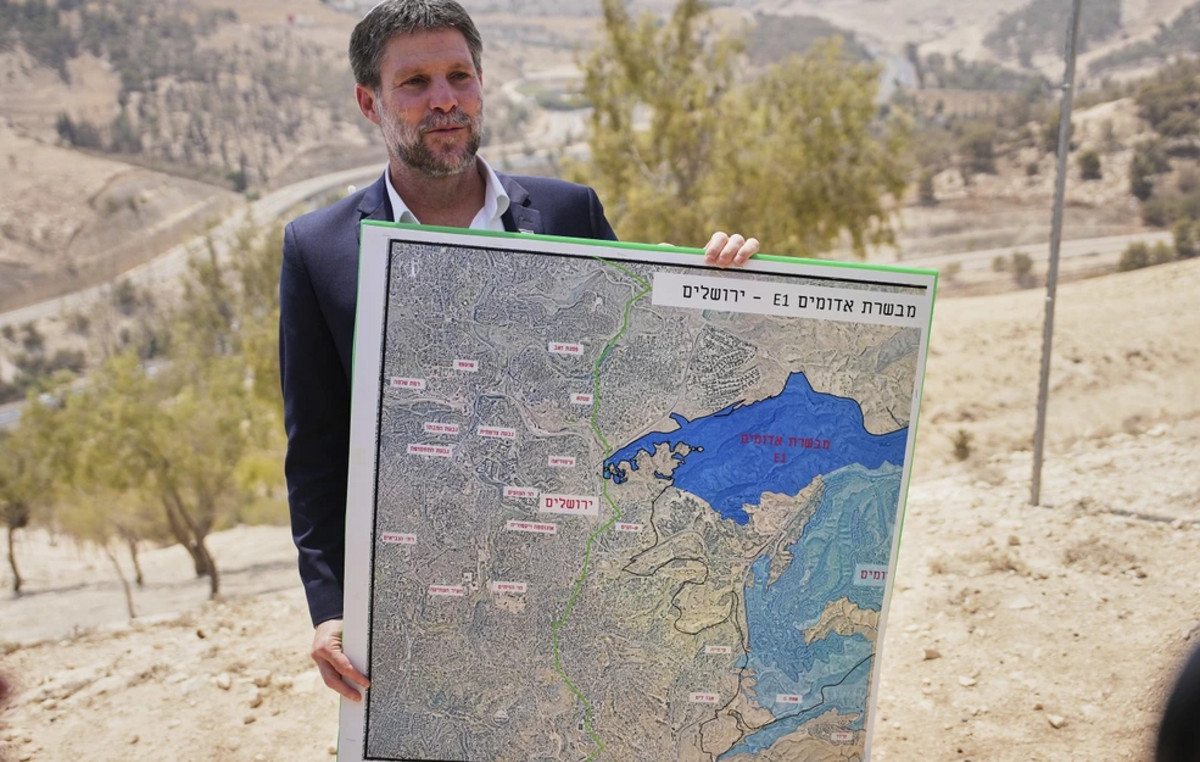There are 13 different regions near the lunar south pole where the first woman and next man on the Moon could land in 2025, via NASA’s Artemis 3 mission, according to the agency.
The announcement comes as NASA prepares for the launch of Artemis 1, the first unmanned mission that will embark on a journey around the Moon on August 29. The inaugural mission will test the new Space Launch System rocket, the Orion spacecraft and other components ahead of the manned Artemis 2 and Artemis 3 missions planned for 2024 and 2025.
The Artemis program was designed to return humans to the Moon in the long term and eventually pave the way for manned missions to Mars.
While Artemis 2 will take a human crew on a journey around the moon, Artemis 3 will be the first mission to bring humans back to the lunar surface since Apollo 17 in 1972.
But this time, the mission’s astronauts will be venturing somewhere no human has ever been when they explore the lunar south pole.
“It’s a long way from the Apollo sites,” said Sarah Noble, Artemis lunar science lead for NASA’s Planetary Science Division.
“All six Apollo landing sites were in the central part of the near side (of the Moon). And now we are going to a completely different place in ancient geological terrain.”
returning to the moon
Each of the 13 regions identified by NASA is home to several potential landing sites.
“Selecting these regions means we are one giant step closer to returning humans to the Moon for the first time since Apollo,” said Mark Kirasich, deputy associate administrator for the Artemis Campaign Development Division at NASA Headquarters, in a statement.
“When we do, it will be unlike any mission that has gone before, as astronauts venture into dark areas previously unexplored by humans and lay the groundwork for future long-term stays.”

The regions are all located within six degrees of latitude from the Moon’s south pole, and they all have intriguing geological features, according to NASA officials. And each location corresponds to every possible launch opportunity for Artemis 3, as the landing areas are intimately connected when a spacecraft takes off from Earth.
NASA scientists and engineers have assessed the lunar south pole using data from NASA’s Lunar Reconnaissance Orbiter, which has been circling the Moon since 2009, as well as other scientific findings.
The team considered crew safety when assessing potential landing areas, including accessibility, terrain, lighting, and the ability of crews to communicate with Earth.
The 13 possible landing sites will be illuminated by sunlight over the planned six and a half days of the Artemis III surface excursion. Sunlight is critical when considering humans’ return to the moon because it can provide a source of energy and protect astronauts from the extreme variations in temperature that occur there.
exploring the unknown
The Moon’s south pole is interesting because it has never been explored by humans before, and its permanently shadowed regions may harbor resources such as ice.
“Several of the proposed sites within the regions are located between some of the oldest parts of the Moon and, along with the permanently shaded regions, offer the opportunity to learn about the Moon’s history through previously unstudied lunar materials,” Noble said.
The shadowy regions may not have been touched by sunlight for billions of years, Noble said.
The Artemis 3 mission has specific scientific goals, such as landing close enough to a permanently shaded region for crews to moonwalk, collect samples and perform scientific analysis to learn more about the composition, depth and amount of water ice there.
“Developing a plan to explore the solar system means learning to use the resources that are available to us while preserving its scientific integrity,” Jacob Bleacher, NASA’s chief exploration scientist, said in a statement.
“Moon ice is valuable from a scientific point of view and also as a resource, because from it we can extract oxygen and hydrogen for life support systems and fuel.”
The Artemis team will refine their location selections after holding conferences and workshops to receive more information on potential landing sites, as well as consulting with SpaceX to ensure the company’s Starship lunar lander can land there. Locations will be confirmed once an anticipated release date for Artemis 3 is set.
Source: CNN Brasil







